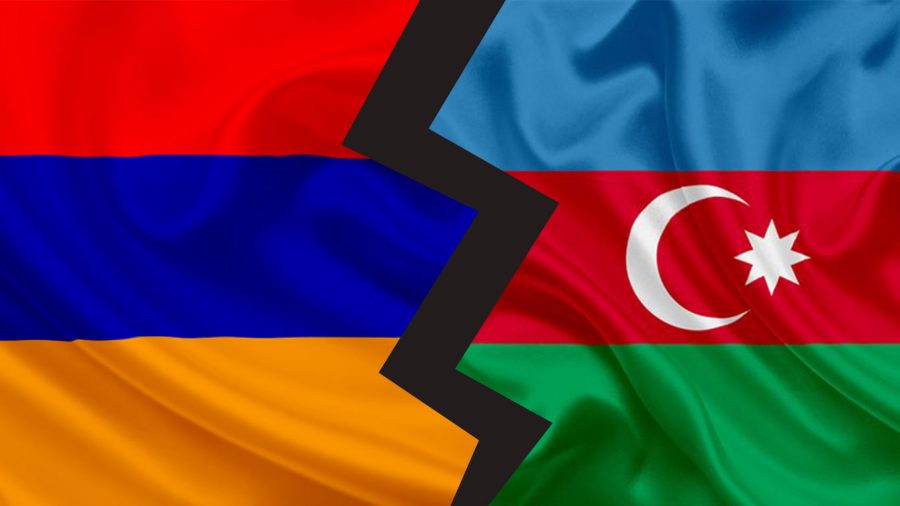
The Nagorno-Karabakh Peace Agreement
Last Tuesday, on the 10th of November, a peace deal was signed by Armenia and Azerbaijan, brokered by Russia, to end the conflict that has been unfolding since September in Nagorno-Karabakh. The region is internationally recognised as being part of Azerbaijan but is populated by a majority of ethnic Armenians and thus has been self-governing, with the help of the Armenian state, since 1994. The peace agreement is seen as a victory for Azerbaijan and a defeat for Armenia, since the former can keep the territories gained in battle since the beginning of conflict. This has prompted protests in Armenia, where civilians have invaded the parliament, to voice their dissatisfaction at the decision of their government. The Armenian Prime Minister made this decision because the Azerbaijani forces had made increasingly greater territorial gains in Karabakh, and the fear was that they would quickly gain control of Stepanakert – the biggest city in the region.
The Nagorno-Karabakh Conflict
Ever since the dissolution of the Soviet Union and the independence gained by Armenia and Azerbaijan, conflicts have erupted between the two countries over the Nagorno-Karabakh region. This is because the region is populated by a majority of Armenians, but it had been under Azerbaijani control between 1920 and 1991, when the country was part of the Soviet Union. However, the collapse of communism led to increased tensions in the Caucasus region, as Armenia and Azerbaijan became independent and the people in Nagorno-Karabakh decided to secede from Azerbaijan. A previous Russian moderated ceasefire was brokered in 1994, putting an end to the earlier conflict. However, tensions continued to resurface in the region with clashes erupting again in 2016 and, most recently, this year. The problem is exacerbated by the religious and ethnic differences between the Armenians, who are Christian, and the predominately Muslim Azerbaijanis.
However, perhaps most importantly, the region is important from a strategic point of view, as it finds itself at the junction between Europe and Asia, but also because the area is rich in natural resources. Thus, more powerful countries have also intervened in support of one of conflicting parties. Azerbaijan is supported by Turkey, which complicates the conflict even further, as Turkey and Armenia share a border and a bloody history. At the same time, Russia, which has been brokering ceasefires ever since the beginning of the conflict, has good relations with both Armenia – where it has a military base – and Azerbaijan, having provided both sides of the conflict with weapons.
Reactions to the peace agreement
Both sides have incurred death and loss, with Vladimir Putin claiming that this year’s conflict alone has cost 5000 lives. In Azerbaijan, people are rejoicing in what they perceive to be a victory over the Armenians after years of unending conflict. Meanwhile, the Armenian side has vouched to never give up the fight. The peace deal agreed upon last week will see 2000 Russian peacekeepers being deployed on the ground, to monitor the truce and make sure that tensions between the two sides do not lead to conflict erupting again. It remains to be seen whether, this time around, the peace agreement will hold.



Average Rating